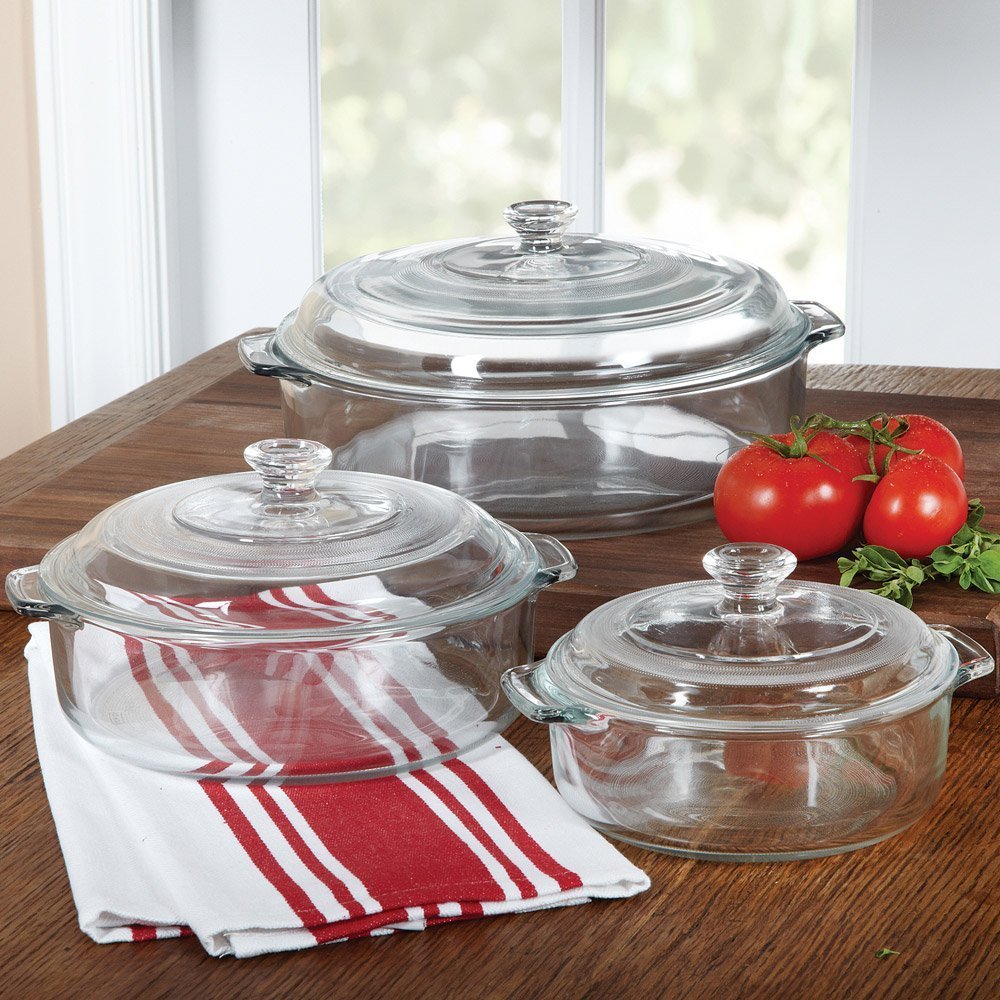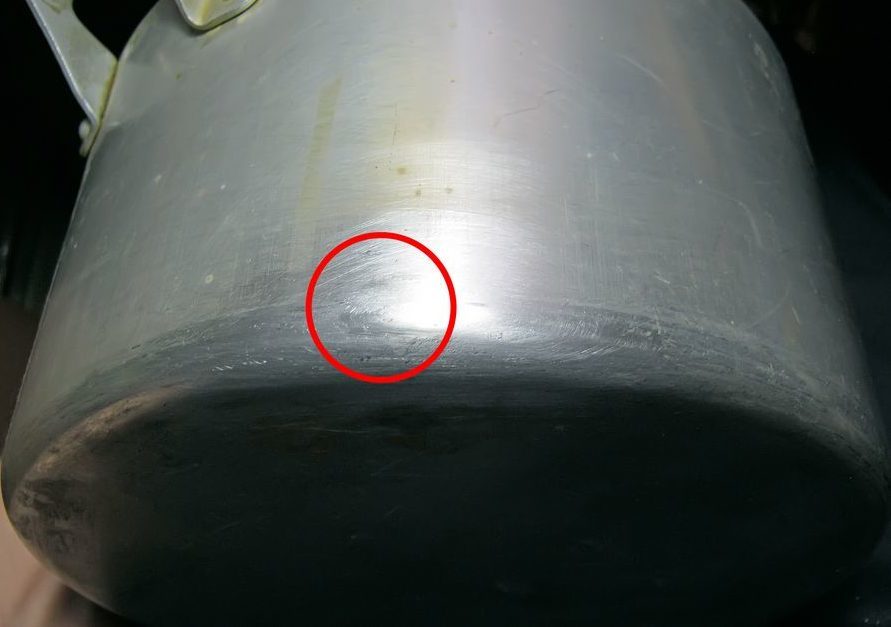Aluminum utensils entered the everyday life of an ordinary person relatively recently - less than 50 years ago. And immediately gained popularity due to its lightness, good thermal conductivity and, most importantly, low cost. And in such a saucepan, milk and porridge do not burn.
But if the house has an aluminum pan with a rich history, we advise you to look at its inner surface. See irregularities like a scattering of small grains? What do you think, where did the metal from these dimples go?

Bit of theory
The content of the article
- Bit of theory
- On the alleged harmlessness of aluminum pans
- What can be cooked in such dishes
Aluminum takes an honorable third place in the ranking of the most common chemical elements on our planet. But unlike the vital oxygen and silicon, it does not take part in the metabolism of living things. This is a dead metal that our body does not need. And it would be nice if he did not interact with living tissues at all.
But alas, some of its compounds are quite toxic. This feels good if for every kilogram of the body take:
- 3.7-7.3 mg of its hydroxide;
- 2.9 mg of aluminum alum;
- 0.2-0.4 mg of aluminum acetate.
Hydroxide enters our body from drinking water - this compound is used to purify it. As for alum, the most famous of them are food additives E 521 (hardener), E 522 and E523 (acidity regulators), which are not allowed in a number of countries.
Fortunately, carefree cooks who value the convenience of a lightweight pan regularly flavor their dishes with only the last, most toxic ingredient. To obtain it, it is enough just to cook a delicious borsch in such a bowl or to prepare a marinade with the addition of vinegar.

Pure aluminum is also not harmless. It has the ability to accumulate in the nervous and bone tissues, liver and kidneys, leading to disruption of the normal functioning of these organs. And this:
- metabolic decline;
- severe disorders of the central nervous system (including Alzheimer's disease);
- slowing down the growth and reproduction of cells;
- anemia;
- frequent headaches.
And when fans of silver-white metal stand up for his defense, proving that no more than 3 fall into one borsch mg of pure aluminum at a time, and a safe daily dose of 50 mg, they deliberately miss another moment.

This element is excreted in the urine. And the path from the digestive tract to the kidneys is very long. It passes through all organs and systems, each of which manages to pick up a particle of dead dust. Moreover, the hardworking kidneys of a healthy adult can get rid of no more than 15 mg of this substance per day. That is, the body will need almost 4 days to withdraw the “safe 50 mg”.
On the alleged harmlessness of aluminum pans
Advocates of convenient dishes make another solid argument: a thin oxide is formed on the surface of the metal a film that prevents further oxidation of aluminum and its release in contact with the surface products.
We won’t lie - it’s true. That's just this film is very thin and delicate. It is destroyed by exposure to acid, which makes dishes categorically unsuitable for cooking marinades, cabbage soup, borscht, pickles, sauces and dishes, which include dairy products. And also this film is easily damaged by mechanical action on it. So stirring soup or porridge you can’t scrape the ladle over the bottom if you don’t want to season the dish with aluminum.

The foil made of this metal is safe for single use in a non-acidic environment - the plasticity of the oxide film allows you to wrap and unpack the product without exposing the substance hidden under it. But drinks in containers from this element are better not to buy.
What can be cooked in such dishes
An aluminum pan can only be safe in one case: if you boil clean water in it. That's all. Cooking, and even more so storing any food in a convenient silver-white container, is extremely undesirable, since this is a direct way to increase the concentration of dead metal in the liver, kidneys, bones and human brain. Perhaps, for this reason, aluminum utensils are banned for use in children's catering?


